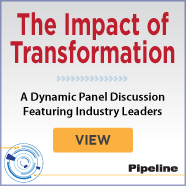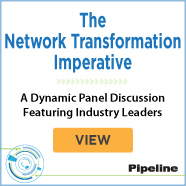Letter from the Editor

If I’ve learned anything in my more than half a century on this planet, it’s that humans are fallible. We have issues, emotions, get sick, and must rest. Even in the best case, we’re only here for a relatively brief period and are productive for only about half of it. The world, on the other hand, has been here for billions of years, and modern civilization for thousands.
While the world is still spinning, and ideally while we are still living on it, there’s a lot to do and even more to manage. Today’s modern, connected, and data-laden society depends upon always-on connectivity, real-time issue remediation, and shrinking resources to enable both. Humans, even in the best of conditions, are limited in what we can do and manage. This is where Artificial Intelligence (AI) can help, but it’s not quite that simple.
AI is inherently complicated and rapidly evolving. AI solutions must consider a multitude of factors before they can be implemented. Best practices are changing at such a rapid pace that by the time most AI solutions are deployed today, they are already obsolete. The select few successful AI implementations have wide-ranging organizational, workforce, and societal impacts that need to be considered and mitigated. But and I can’t stress this enough; it must be done. AI is a board-level necessity for every organization that wants to survive the next stage of technical evolution.
The impacts must be scrutinized, the integration meticulously designed, and the solutions quickly assembled and deployed. It’s not about getting it perfect but getting it right, and with haste. It’s about starting with the smallest project with the highest impact, refining from there, and then building upon the AI footprint to expand into other, harder, and next most valuable impact areas. And that’s for several very important reasons. The first of which is that AI is not yet ready.
For all the AI hype, it’s not ready to run your business yet. It too has limitations. AI hallucinates, gets things wrong, and tends to go off on tirades regarding the end of humanity. Not exactly something we want running independent of human oversight, or in warfare applications. Or at least not yet. And perhaps that’s the point. By starting with the smallest areas of the largest impact, you can leverage the rapid pace of AI’s evolution, ensuring it’s ready to take the next step when you are. The key is finding the right balance and getting started now. And that’s what makes this edition of Pipeline so important.
In this issue of Pipeline, we examine the world of AI, automation, and analytics. BFD Mapping explains how to overcome AI obsolescence and prepare for quantum impacts. PEAK:AIO looks beneath the surface of AI and analyzes energy, regulation, infrastructure, and sovereignty considerations. Pipeline’s Dr. Mark Cummings examines the social impacts of Gen AI. The TM Forum shows us how to overcome structural, operational, and cultural risks to prepare for Agentic AI. AddOn Networks explores the global AI growth markets and investments. DE-CIX spotlights how latency is the key enabler for next-generation AI applications. ZincFive looks at how to improve thermal performance and efficiency for AI workloads. Oracle discusses AIOps as the foundation for network monetization. Etiya demonstrates how AI and digital twins can be used for CX Transformation and Tollring shows us how AI is transforming call centers. All this, plus the latest enterprise IT and telecommunications industry news and more.
We hope you enjoy this and every issue,
Scott St. John
Managing Editor
Pipeline



















